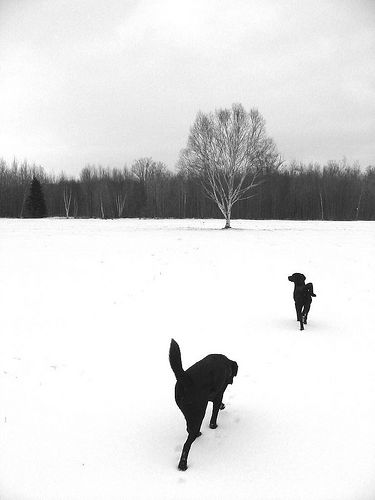PLF 1 - Situations and Strategies

(pp 1-3)
Something I like from this section:
In a passage that reminds me of Carolyn Miller's "Genre As a Social Act" (and probably if I looked I'd find she drew from PLF), Burke discusses "recurrent situations" --he argues that proverbs retain their meaning over time and across cultures because they are stylized, strategic responses to those recurrent situations. And he proposes that we think of poetry (which includes all sorts of imaginative and critical texts) as similarly relevant.
Lord, that sounded more academic than I meant it to. Oh well.
To clarify, though. What interests me in the passage is not that it reminds me of Miller, or that it recollects the whole debate about whether rhetorical situations are recurrent yadda yadda yadda (Bitzer still bores me no end). What interests me is Burke's initial point that "critical and imaginative works are [strategic, stylized] answers to question posed by the situation in which they arose" and that an individual text such as a proverb [or a haiku] is an answer to a question arising not from the artist, necessarily but from the artist's situation. (Heck, perhaps neither the question nor the answer arises from the artist, but from the situation and from the artwork itself.)
This thought appeals to me partly because of my study of oriental painting, in which the process generates the craft as much as the intention of the artist. I've transitioned myself, as an artist and as a writer and learner, into someone who chooses to be permeable, spontaneous, and open rather than rigidly focused on a particular type of output. Now, Burke describes creative texts as "strategic" as well as stylized--in other words, deliberate rather than purely serendipitous. But I don't see this as contradicting my ponderings above, really. I don't think inspiration and art arise magically from nothing; they arise from a confluence of factors. But I'm choosing to pursue a path right now that includes openness and responsiveness to situations, to materials, to notions worth pursuing.
Sources mentioned in this section:
- Korzybski's "levels of generalization" (this is the semantic ladder of abstraction guy, yes?)
- Aristophanes lampooning Socrates
- Hegelian dialectic
- Coleridge's favorite proverb, "Extremes Meet" (I remember KB referencing Coleridge quite a lot so this seems a good time to read something on or by him)
Now, of course, I recognize that a meticulous approach would involve locating the exact books and such that KB was reading/most likely reading to obtain these sources. Since this is my indulgence rather than pure scholarship I'm just going to grab what I have in my office or whatever comes my way that seems to fit the bill.
Some of the sources that come readily to mind, from which I might choose my contribution:
- Miller's aforementioned article
- a haiku--preferably an old one, as an illustration of the proverbial-timelessness discussion
- a Zen artwork (for the same reason given above)
Image: "Haiku Moon" by Marie Taylor
Labels: haiku, PLF project



0 Comments:
Post a Comment
<< Home